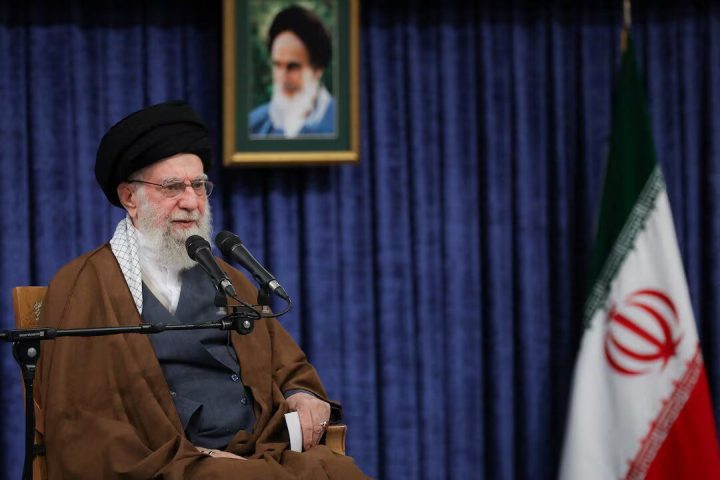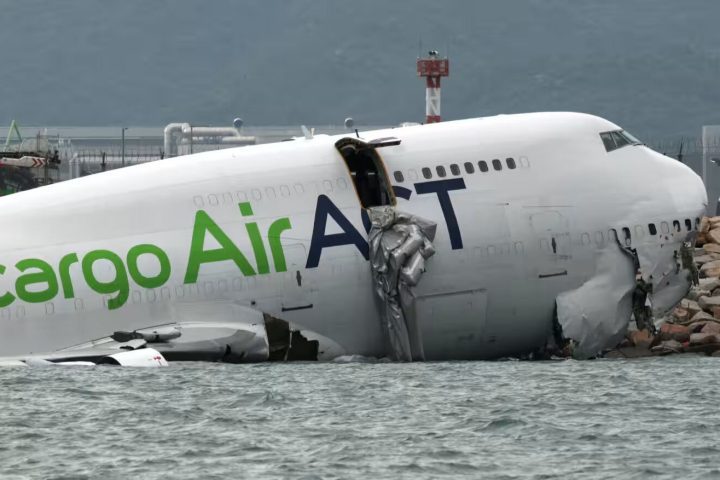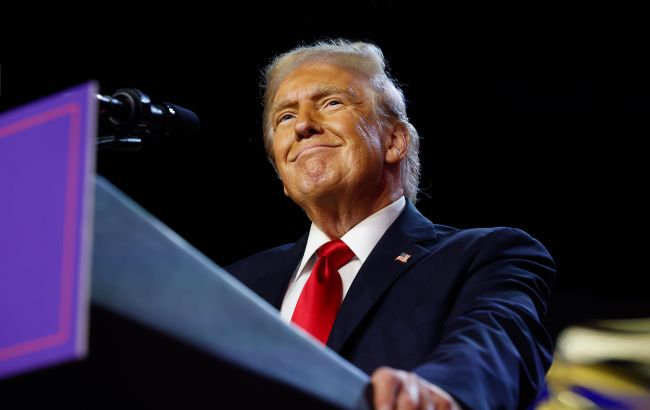Meanwhile, the US administration believes the next 30 days will be critical for the implementation of President Donald Trump’s peace plan.
A ceasefire was reached between Israel and Hamas last week, but it was violated today
According to the publication’s sources, the ceasefire agreement in Gaza is a significant diplomatic achievement for the American leader. However, officials note that the situation in the region is extremely volatile, and maintaining peace will require strict monitoring.
“The next 30 days will be decisive. We are now responsible for implementing the agreement in Gaza and will make the necessary decisions,” a US administration official stated.
Ceasefire Violation
According to US sources, the incidents on Sunday are consistent with the type of events that observers feared during the ceasefire’s transition period.
On October 19, Israel launched airstrikes against Hamas targets in response to anti-tank missiles fired at Israeli forces, which, according to the IDF, originated from a tunnel in the Rafah region. The attacks killed two Israeli soldiers, and, according to the Gaza Health Ministry, at least 23 Palestinians.
Israeli Prime Minister Benjamin Netanyahu emphasized that Hamas had violated the ceasefire and promised a decisive response. In response to the incident, Israel closed all checkpoints and suspended humanitarian aid deliveries, although American sources said deliveries would resume as early as Monday.
Hamas, for its part, denied involvement in the events in Rafah, claiming it was unable to control the remaining groups in the area.
Coordination with the United States
According to officials, Israel notified the Trump administration in advance of the upcoming strikes through the American command center overseeing the ceasefire. Trump’s special envoys, Steve Witkoff and Jared Kushner, held telephone conversations with Israeli authorities to coordinate the response.
US officials emphasized that Israel should act proportionately, avoiding escalation, and that the priority remains isolating Hamas and establishing an alternative power structure in Gaza, without resuming a full-scale war.
The situation remains precarious
US sources noted that since Trump’s visit to the region, Hamas and Israel have taken steps that have raised concerns about the implementation of the peace agreement. Israel, in particular, has repeatedly threatened to suspend its participation in the deal due to Hamas’s delay in returning the bodies of deceased hostages.
Despite the tension, the IDF announced today that it has resumed observing the ceasefire. “Following a series of strikes in response to Hamas violations, the IDF has begun enforcing the agreement and will continue to respond to any violations,” the IDF Spokesperson’s Office stated.
Trump’s Peace Plan
As a reminder, in early October, Trump presented a new 20-point plan for ending the conflict between Israel and Hamas. Following this, the parties began negotiations, and soon the first phase of a peace agreement was signed, which is intended to stabilize the situation in Gaza.
Israel has restarted airstrikes on the Gaza Strip following an attack by militants that killed two Israeli soldiers. This marks the most serious challenge to the ceasefire mediated by the United States earlier in October.












